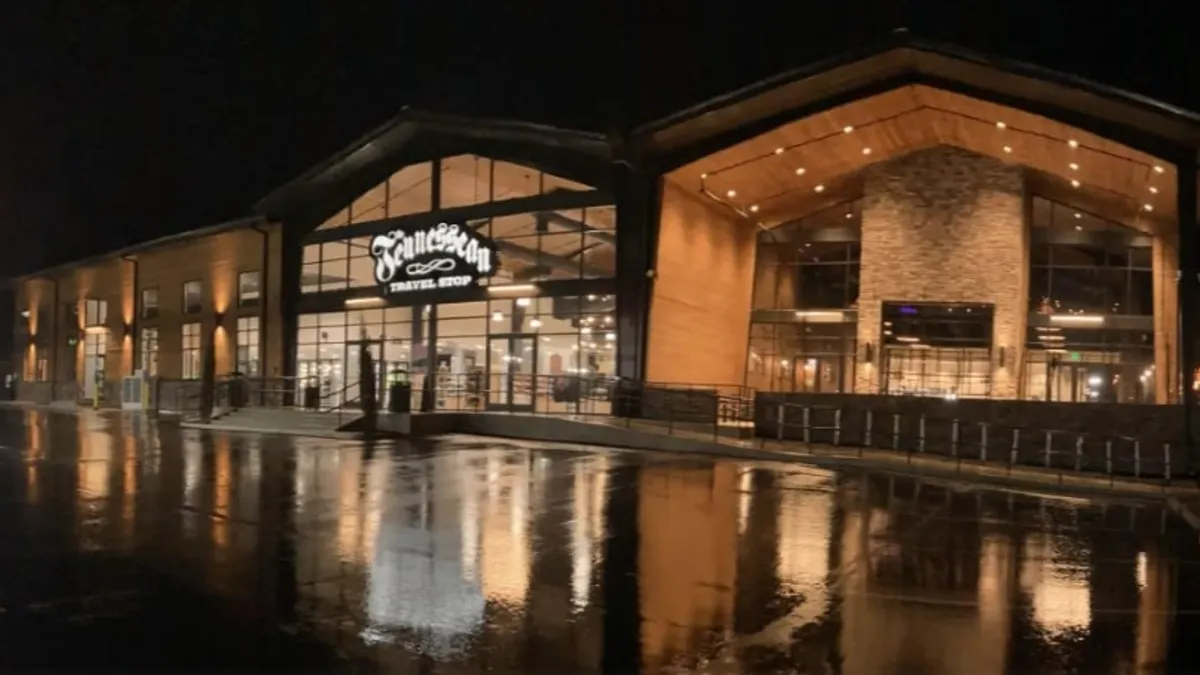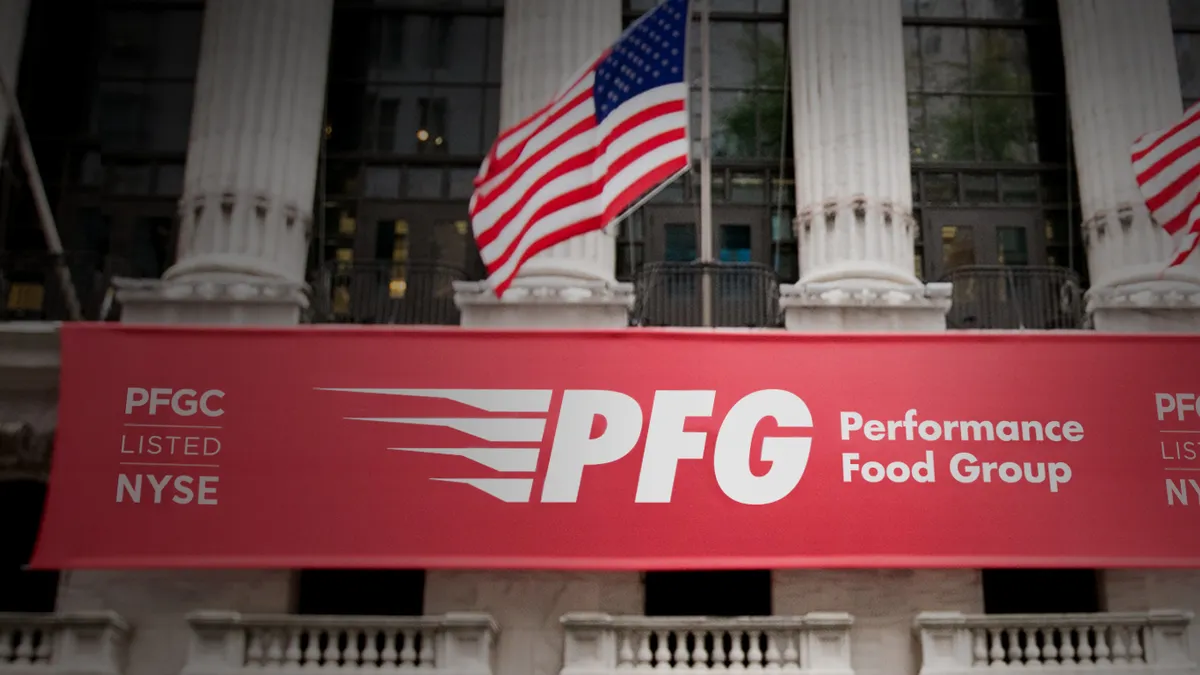Earlier this year, QuikTrip began placing 3D-printed domes outside some of its stores in an effort to reduce loitering. The domes, which are embedded in the ground along the outer walls of the stores, make standing or lying down very difficult in highly trafficked areas around each building.
The pilot program’s aim is “to create an in-store experience that maintains the safety and wellbeing of our customers and employees,” said Aisha Jefferson, corporate communications manager. So far, the domes are proving effective and are lowering the number of potentially dangerous interactions between employees and individuals who might be experiencing mental health or substance abuse challenges.
Loitering has become a problem for convenience stores and other retailers as groups of people lingering outside can make customers and employees feel unsafe and lead to a poor perception of the store. But finding a solution that both humanely and effectively addresses the problem is difficult.
Some 7-Eleven operators play opera music outside their stores with the goal of deterring potential loiterers from sticking around. RaceTrac stores have also been playing classical music, according to Kelly Harrington, director of asset protection for RaceTrac.
Music can deter people who might linger or sleep outside a convenience store, said Matt Kelley, senior vice president of business and market development with LiveView Technologies, a security surveillance company based in American Fork, Utah. However, this approach can sometimes backfire by annoying a store’s neighbors as well as customers.
Jonah Nathan is the vice president of Ranger Guard, a security firm based in Houston. In that city, he explained, many convenience stores have become cluster zones, particularly in the early morning, for day laborers looking to get enlisted for manual labor. One location, he says, was seeing 400 to 500 loiterers per day.
Ranger Guard supplies uniformed security guards, as well as a patrol car at larger c-store locations.
“We mill around and let people know they’re trespassing and need to move on,” said Nathan.
“Too much prevention can kill a business and too little can. It’s about creating the right perception.”

Rodney Gray
Key account manager for March Networks
The company also started towing cars. Many workers would leave their car at the store for the day while they went to work. The cost to get their car back is $250 to $300 — a big deterrent, Nathan said.
Many locations start with two guards during peak hours (around 6 a.m. to 4 p.m.) then move down to one as the situation de-escalates, which typically takes a month or two. Once things have improved, sales at the store typically rebound, Nathan said.
“When you fix a loitering problem at a c-store the whole neighborhood notices,” he said.
Camera monitoring
Surveillance systems can also deter and prevent loitering at convenience stores. “It lets the bad actors know that [the] owner of that location has an interest and is trying to make it safer for their associates and customers,” said Kelley. “It’s an overt presence.”
In addition to deterring unwanted activities, having surveillance outside a store helps make customers feel the environment is more welcoming and safe. This extends to employees, too, Kelley added, which is particularly pertinent as convenience stores face labor shortages.
“Associates want to feel safe when they’re coming to work every day,” he said.
March Networks, based in Ottawa, Ontario, provides cloud-based monitoring cameras that integrate with POS systems. These systems can show how long a person has been loitering outside a store and allow companies to share photos between stores or with their central office showing a person who’s been loitering
Rodney Gray, key account manager for March Networks, said companies need to find the sweet spot when it comes to monitoring. “Too much prevention can kill a business and too little can,” he said. “It’s about creating the right perception.”
March Networks encourages retailers to tier their stores depending on risk factors. In a high-risk area, a camera alone usually won’t be sufficient, Gray says, but it might be if tied to a system that announces to loiterers that they’ve been there for too long and that police are on their way. “That audio can motivate people to move on,” he said.
When stores add loudspeakers and cameras, the impact is typically immediate and sustained, said Kelley.
And the benefit to the store is significant, he added. Reducing loitering boosts sales and encourages customers to go from just buying gas to making convenience store purchases; it reduces theft; and it reduces employee turnover, leading to less money spent on training.

Small measures to reduce loitering
7-Eleven and other chains often feature “no loitering” signs outside their stores, but Nathan isn’t a fan of them.
“Signage is ugly and it tells the consumer there’s a problem,” he said. “ Signage has to be done right. A bigger deterrent is cameras. And make them visible.”
On the flip side, Bill Nolan, partner with The Business Accelerator Team, a convenience store advisory firm in Phoenix, is a proponent of signage. “A small but visible ‘No Loitering’ sign is appropriate and can help convey the desired message, without personal interaction,” he said.
But, he added, “a significant tactic … to avoid loiterers can be the overall appearance of the store. The condition and appeal of your location sends an important message. Does it convey a place of security and of high standards in cleanliness — both outside and in? All employees should be uniformed, so it's easily understood they are in a position to assist in any store-related incidents, which may help lingerers move along.”
RaceTrac ensures that stores have minimal landscaping, good lighting and audible reminders to deter people from lingering around stores, said Harrington.
Stores wanting to deter loitering should maintain a clean parking lot, have good lighting on the exterior of the store and a clean and organized interior, Kelley said.
A final piece to the puzzle for c-stores is providing training on how to handle loitering. “Non-aggressive verbal communication will often encourage people along,” Nolan said. “This type of communication also reminds the loiterer you see them which typically helps move them along, especially if they’re theft-oriented.”

















